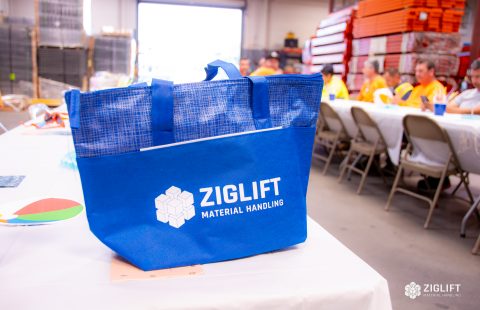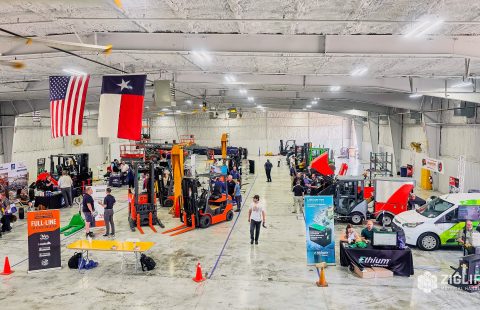
5 Ways to Make Forklift Safety a Daily Habit
Forklift incidents remain one of the leading causes of workplace injuries and fatalities. Reducing these incidents requires more than compliance checklists — it means addressing the human behaviors that drive risk.
1. Recognize That Habits Drive Most Actions
Research shows that nearly half of our daily actions are shaped by habit, not conscious decision-making. In busy warehouse environments, even skilled operators rely on routine. Fatigue, distractions, and stress make this even more likely — which is why “more training” isn’t always enough.
2. Design Workplaces That Encourage Safe Choices
Training sets the foundation, but real change comes from environments that make the safe choice the easy choice. Clear signage, well-marked traffic zones, and technology that alerts workers in real time all help reinforce safety where it matters most.
3. Use Smart Technology to Reinforce Good Habits: SmarTruck
Modern solutions, like SmarTruck – Ziglift’s Forklift Safety Technology, are helping warehouses reduce risk by shaping operator behavior:
- Proximity Alerts: SafeTags and SafeRadar under the SmarTruck product warn workers when they are near moving vehicles.
- Speed Control: SmarTruck’s tech slows equipment in intersections, blind corners, and any other designated zone allowing the operator more reaction time.
- Operator Authentication: This feature in the SmarTruck solution snsures only trained, authorized operators can use equipment.
These tools act as real-time safety partners, preventing errors before they happen.
4. Make Safety a Leadership-Driven Priority
Safety isn’t just a program — it’s part of company culture. Leaders who invest in technology and training that shape behavior set the tone for the entire workforce. Real-time data allows managers to identify risky patterns, coach proactively, and prevent incidents before they occur.
5. Turn Safety Into a Habit
When behavior, technology, and leadership align, safety becomes second nature. Workers stay alert, follow procedures, and operate responsibly — not just because they’re told to, but because it’s how they work every day.
Bottom line: Most forklift incidents are preventable. Focus on the habits that drive operator behavior, support them with the right tools, and build a culture where safety is second nature.


